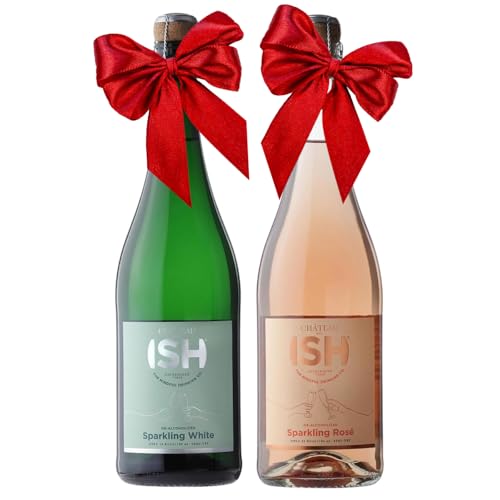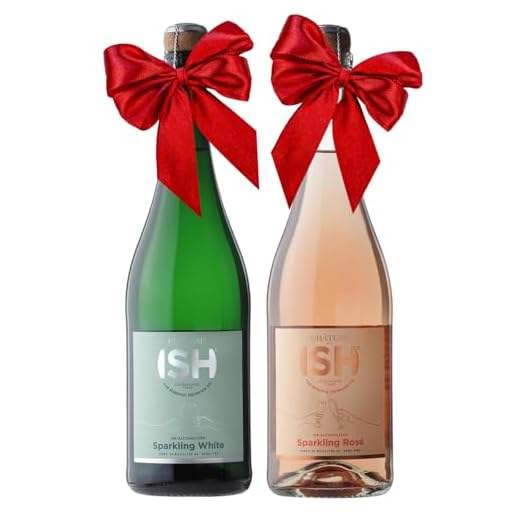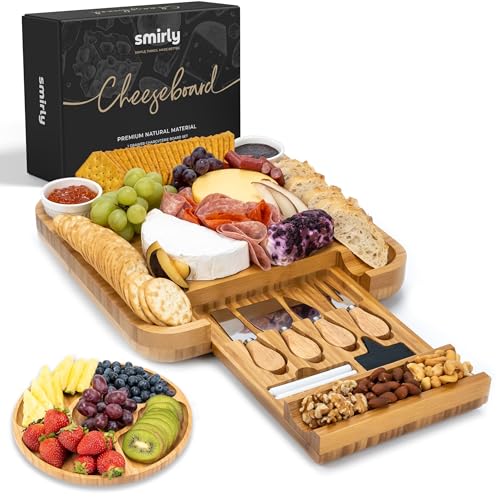

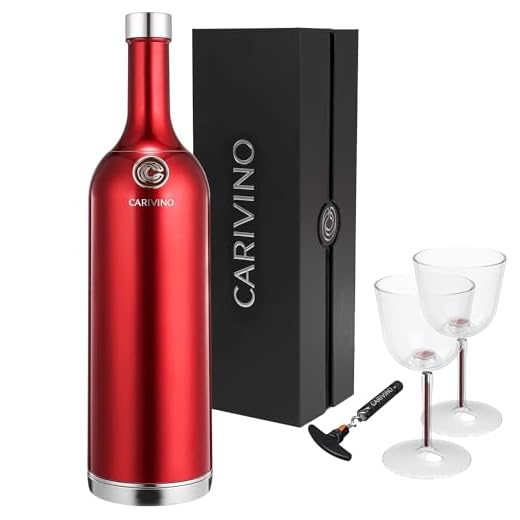
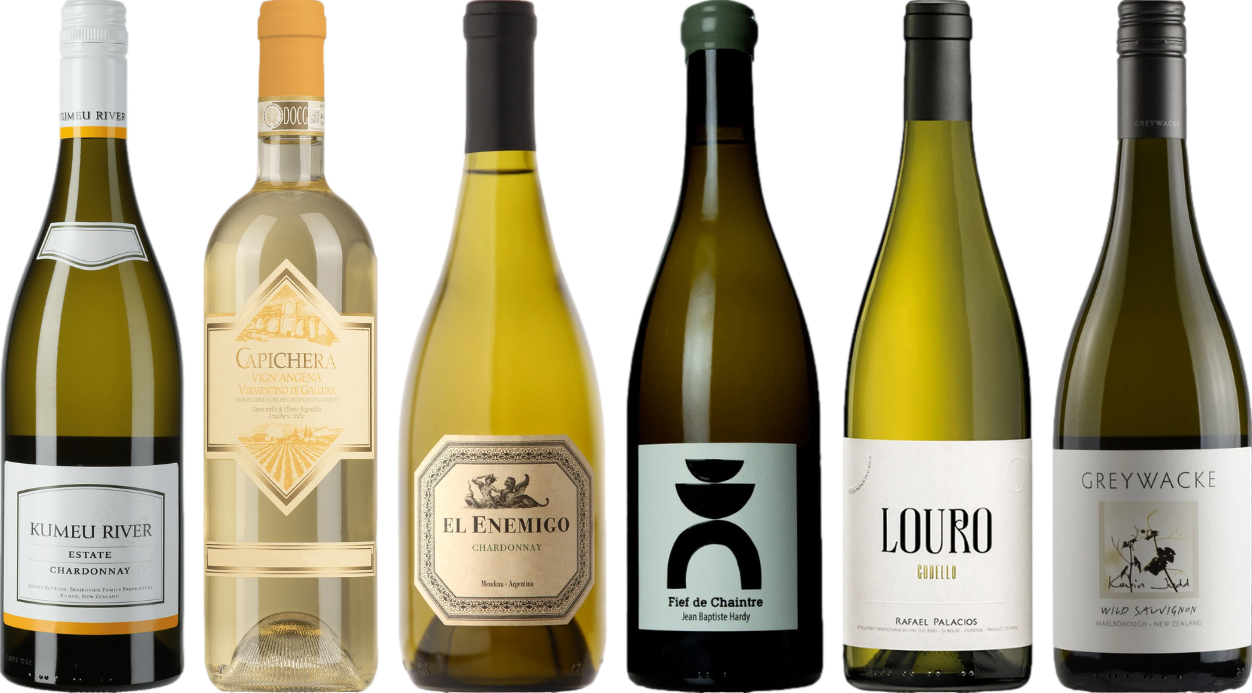
Yes, it can contribute to weight gain if consumed in excess. A standard serving contains around 120-130 calories, which can add up quickly, especially during social occasions. Moderation is key; limiting intake to one or two servings on occasion can help manage caloric intake.
Consider the context of consumption as well. Pairing with rich foods can amplify overall calorie intake, leading to unwanted weight accumulation. Opting for lighter meals while enjoying this drink can help balance the overall calorie count.
It’s also worth noting that the sugar content varies significantly among different types, with some varieties having higher residual sugars. Choosing drier options might be a better choice if you’re concerned about calorie consumption. Always check the label for specific information.
Ultimately, the focus should be on a balanced diet and active lifestyle. Enjoy responsibly and pay attention to portion sizes to maintain a healthy weight while still indulging in this delightful beverage.
Is White Wine Fattening
To manage weight effectively, moderation is key when enjoying fermented grape beverages. A standard serving typically contains around 120-130 calories, primarily from alcohol and residual sugars. If you’re monitoring your caloric intake, limiting yourself to one glass occasionally can help mitigate weight gain.
Alcohol’s Impact on Weight
Alcohol consumption can hinder fat metabolism. When you indulge, your body prioritizes burning alcohol over fat, which may lead to increased fat storage. Therefore, pairing these drinks with high-calorie foods can exacerbate weight management issues. Opting for lighter food pairings, such as salads or grilled proteins, can balance out the overall calorie intake.
Choosing Wisely
Not all fermented beverages are created equal. Opt for those with lower sugar content, such as dry varieties, which can help minimize caloric intake. Additionally, consider serving sizes; a standard pour is 5 ounces, but many people pour more, unintentionally increasing their calorie consumption. Staying mindful of portion sizes can significantly aid in maintaining your dietary goals.
Caloric Content of White Wine
The caloric content of this type of alcoholic beverage typically ranges from 120 to 130 calories per five-ounce serving. This can vary slightly depending on the specific variety and residual sugar levels. For instance, a drier option generally contains fewer calories compared to a sweeter selection.
When considering the impact on your daily caloric intake, it’s essential to account for the serving size. Many individuals pour more than five ounces, which can increase the caloric intake significantly. Choosing a smaller glass can help manage overall consumption.
Alcohol Content and Calories
The alcohol by volume (ABV) also plays a role in the caloric density. As the ABV increases, so do the calories. A standard drink with an ABV of around 12% will contain fewer calories than one with a higher ABV, such as 14% or more. Thus, selecting products with a moderate ABV can be a wise strategy for calorie-conscious consumers.
Pairing and Consumption Tips
When pairing with meals, consider the overall calorie content of the dish. A lower-calorie beverage can complement a rich meal without overly increasing the total caloric load. Additionally, enjoying this beverage without high-calorie mixers or sugary accompaniments can help keep the calorie count in check.
How Sugar Levels Affect Weight Gain
Reducing sugar intake is a fundamental strategy for managing weight. High levels of sugar contribute significantly to excess calories, which can lead to increased body mass. When you consume sugary beverages or foods, your body quickly absorbs the sugar, causing a spike in blood glucose levels. This rapid increase is followed by a crash, leading to hunger and cravings for more sugar, creating a cycle of overeating.
Moderation is key. If you enjoy a drink with higher sugar content, balance it with lower sugar foods throughout the day. For instance, consider pairing sweeter options with protein or fiber-rich items to help stabilize blood sugar levels. This approach can reduce the likelihood of weight gain by minimizing the insulin response associated with sugar consumption.
Incorporating physical activity into your routine also helps to manage sugar levels. Engaging in regular exercise improves insulin sensitivity, allowing your body to process sugars more effectively. This, in turn, supports weight control efforts.
Be mindful of portion sizes. Even when enjoying a favored beverage, keeping portions in check can mitigate the impact on your overall caloric intake. Tools like the best auto blur camera app for iphone can help you track your consumption by documenting your meals and drinks.
Ultimately, understanding the relationship between sugar levels and weight gain empowers you to make informed choices. By keeping sugar intake in check and remaining active, you can maintain a healthy weight while still enjoying your favorite beverages.
Portion Sizes and Drinking Habits
Controlling portion sizes is key to managing caloric intake when enjoying beverages. A standard serving of many types of alcohol is typically 5 ounces. However, many people pour much larger servings, often up to 8 or 10 ounces, which significantly increases calorie consumption.
Recommended Serving Sizes
- Stick to 5 ounces for optimal serving.
- Avoid oversized glasses or bowls that encourage larger pours.
- Consider using a measuring cup or marked glass to ensure accurate servings.
Drinking habits also influence weight management. Regular consumption of larger quantities can lead to increased calorie intake, which may contribute to unwanted weight gain over time. Moderation is essential.
Mindful Drinking Practices
- Opt for smaller glasses to naturally limit portions.
- Stay hydrated by alternating between alcoholic and non-alcoholic beverages.
- Be aware of your drinking frequency; aim for moderation rather than daily consumption.
By being mindful of both portion sizes and drinking habits, you can enjoy your favorite beverages without compromising your health goals. Keep track of how much you consume, and make adjustments as necessary to maintain balance in your dietary choices.
White Wine vs. Other Alcoholic Beverages
Choosing a drink involves understanding how different options impact your caloric intake and overall health. While many people enjoy a glass of this light beverage, it’s essential to compare its caloric content and sugar levels with other spirits and cocktails.
Typically, a standard serving of this light beverage contains around 120-130 calories, which is comparable to a light beer but lower than many cocktails, especially those mixed with sugary syrups or sodas. For example:
| Beverage Type | Calories per 5 oz (150 ml) |
|---|---|
| Light Beer | 90-110 |
| Regular Beer | 150-200 |
| Spirits (distilled, no mixer) | 100-120 |
| Cocktail (sugary mix) | 200-400 |
In terms of sugar content, this beverage usually has lower residual sugars than many sweetened cocktails. While some spirits may be lower in calories, mixers can dramatically increase the total caloric load. Therefore, opting for this light drink can be a smart choice if consumed in moderation.
Portion sizes also play a significant role in overall intake. A common serving for many cocktails can quickly exceed the size of a typical glass of this beverage, leading to unintentional overconsumption of calories. Being mindful of serving sizes can help manage weight more effectively.
In summary, when considering caloric content and sugar levels, this light drink can be a reasonable option, especially compared to many mixed beverages. Moderation and mindful consumption remain key to enjoying alcoholic drinks without excessive caloric intake.
Impact of Pairing Food with White Wine
Pairing dishes with a light beverage can enhance flavors and alter the caloric impact of a meal. When selecting food to accompany a pale beverage, focus on balance and synergy to maximize enjoyment without excessive calorie intake.
Recommended Pairings
- Seafood: Shellfish and white fish are excellent choices. They often have lower caloric density and complement the acidity in the drink, leading to a more satisfying experience.
- Poultry: Chicken or turkey prepared simply allows the beverage’s flavors to shine without adding heavy sauces, keeping the meal lighter.
- Salads: Fresh greens with vinaigrette dressings pair well, providing nutrients while maintaining a lower calorie count.
- Pasta: Opt for dishes with light sauces, such as olive oil or broth-based options, to avoid excess calories from cream or cheese.
Impact on Caloric Intake
The choice of food can significantly influence the overall caloric intake of a meal. For example, rich, creamy dishes will elevate the calorie count, while lighter options can keep it in check. Additionally, consider portion sizes; larger servings can lead to increased caloric consumption, regardless of the food type.
Ultimately, mindful pairing and portion control are key to enjoying a meal with a light beverage while managing overall caloric intake. Prioritize fresh ingredients and simple preparations to create a balanced dining experience.
Tips for Moderate Consumption of White Libations
Choose smaller portions to enjoy the flavors without excessive caloric intake. A standard serving of approximately 5 ounces is ideal. This allows for savoring the drink while maintaining control over consumption.
Opt for lighter varieties that typically contain fewer calories and sugars. Crisp options like Sauvignon Blanc or Pinot Grigio often offer refreshing profiles without the heaviness found in some richer alternatives.
Hydration is Key
Alternate every glass with a glass of water. This not only helps to stay hydrated but also slows down the drinking pace, reducing the overall quantity consumed during social events.
Mindful Pairings
Be selective with food pairings. Light appetizers, such as seafood or salads, complement choices beautifully without adding excessive calories. Avoid heavy, creamy dishes that can lead to increased caloric consumption.

